
Lysander Spooner was an American individualist anarchist. He was also an abolitionist, entrepreneur, essayist, legal theorist, pamphletist, political philosopher, Unitarian, writer and a member of the International Workingmen's Association.

The American Anti-Slavery Society was an abolitionist society founded by William Lloyd Garrison and Arthur Tappan. Frederick Douglass, an escaped slave, had become a prominent abolitionist and was a key leader of this society, who often spoke at its meetings. William Wells Brown, also a freedman, also often spoke at meetings. By 1838, the society had 1,350 local chapters with around 250,000 members.

Angelina Emily Grimké Weld was an American abolitionist, political activist, women's rights advocate, and supporter of the women's suffrage movement. She and her sister Sarah Moore Grimké were considered the only notable examples of white Southern women abolitionists. The sisters lived together as adults, while Angelina was the wife of abolitionist leader Theodore Dwight Weld.
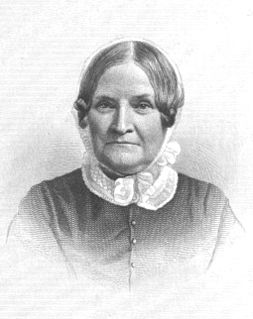
Lydia Maria Child, was an American abolitionist, women's rights activist, Native American rights activist, novelist, journalist, and opponent of American expansionism.
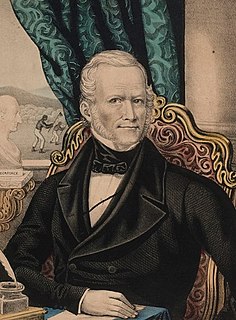
James Gillespie Birney was an American abolitionist, politician, and attorney born in Danville, Kentucky. He changed from being a planter and slave owner to abolitionism, publishing the abolitionist weekly The Philanthropist. He twice served as the presidential nominee for the anti-slavery Liberty Party.

The Liberator (1831–1865) was a weekly abolitionist newspaper, printed and published in Boston by William Lloyd Garrison and, through 1839, by Isaac Knapp. Religious rather than political, it appealed to the moral conscience of its readers, urging them to demand immediate freeing of the slaves ("immediatism"). It also promoted women's rights, an issue that split the American abolitionist movement. Despite its modest circulation of 3,000, it had prominent and influential readers, including Frederick Douglass, Beriah Green and Alfred Niger. It frequently printed or reprinted letters, reports, sermons, and news stories relating to American slavery, becoming a sort of community bulletin board for the new abolitionist movement that Garrison helped foster.
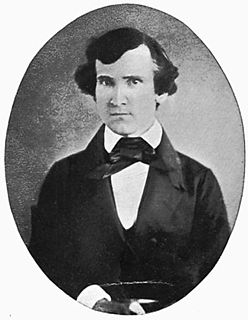
John Kirk Townsend was an American naturalist, ornithologist and collector.

Sarah Moore Grimké was an American abolitionist, widely held to be the mother of the women's suffrage movement. Born and reared in South Carolina to a prominent, wealthy planter family, she moved to Philadelphia, Pennsylvania, in the 1820s and became a Quaker, as did her younger sister Angelina. The sisters began to speak on the abolitionist lecture circuit, joining a tradition of women who had been speaking in public on political issues since colonial days, including Susanna Wright, Hannah Griffitts, Susan B. Anthony, Elizabeth Cady Stanton, and Anna Dickinson. They recounted their knowledge of slavery firsthand, urged abolition, and also became activists for women's rights.
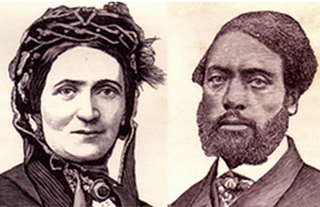
Ellen Craft (1826–1891) and William Craft were American fugitives who were born and enslaved in Macon, Georgia. They escaped to the North in December 1848 by traveling by train and steamboat, arriving in Philadelphia on Christmas Day. Ellen crossed the boundaries of race, class and gender by passing as a white male planter with William posing as her personal servant. Their daring escape was widely publicized, making them among the most famous of fugitives from slavery. Abolitionists featured them in public lectures to gain support in the struggle to end the institution.

Rev. Jermain Wesley Loguen, born Jarm Logue, in slavery, was an African-American abolitionist and bishop of the African Methodist Episcopal Zion Church, and an author of a slave narrative.

The North Star was a nineteenth-century anti-slavery newspaper published from the Talman Building in Rochester, New York, by abolitionist Frederick Douglass. The paper commenced publication on December 3, 1847, and ceased as The North Star in June 1851, when it merged with Gerrit Smith's Liberty Party Paper to form Frederick Douglass' Paper. At the time of the Civil War, it was Douglass' Monthly.

Jane Johnson was an African-American slave who gained freedom on July 18, 1855, with her two young sons while in Philadelphia with her master and his family. She was aided by William Still and Passmore Williamson, abolitionists of the Pennsylvania Anti-Slavery Society and its Vigilance Committee.
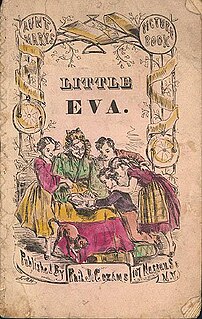
Little Eva: The Flower of the South is an Anti-Tom children's book by American writer Philip J. Cozans. Although its publication date is unknown, scholars estimated the release was either in the 1850s or early 1860s. The book follows Little Eva, the daughter of a wealthy Alabama planter. She is characterized through her kindness toward slaves as she reads the Bible to them and teaches the alphabet to slave children. On her ninth birthday, Little Eva nearly drowns, but is rescued by a slave named Sam. Her parents free Sam who decides to remain with the family because he loves them.

The Slave's Friend (1836-1838) was an anti-slavery magazine for children produced by the American Anti-Slavery Society (AASS). The short-lived magazine was the first abolitionist magazine targeted to a juvenile audience in the United States.

The Philadelphia Female Anti-Slavery Society (PFASS) was founded in December 1833 and dissolved in March 1870 following the ratification of the 14th and 15th Amendments to the U.S. Constitution. It was founded by eighteen women, including Mary Ann M'Clintock, Margaretta Forten, her mother Charlotte, and Forten's sisters Sarah and Harriet.

Harriet Forten Purvis was an African-American abolitionist and first generation suffragist. With her mother and sisters, she formed the first biracial women's abolitionist group, the Philadelphia Female Anti-Slavery Society. She hosted anti-slavery events at her home and with her husband Robert Purvis ran an Underground Railroad station. Robert and Harriet also founded the Gilbert Lyceum. She fought against segregation and for the right for blacks to vote after the Civil War.

Amy Hester "Hetty" Reckless was a runaway slave who became part of the American abolitionist movement. She campaigned against slavery and was part of the Underground Railroad, operating a Philadelphia safe house. She fought against prostitution and vice, working toward improving education and skills for the black community. Through efforts including operating a women's shelter, supporting Sunday Schools and attending conferences, she became a leader in the abolitionist community. After her former master's death, she returned to New Jersey and continued working to assist escaping slaves throughout the Civil War.
Anna Richardson was an English Quaker slavery abolitionist and peace campaigner, and a writer and editor of anti-slavery texts and journals, based in Newcastle Upon Tyne.
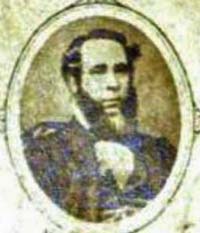
Wilson Armistead was a British Quaker merchant, slavery abolitionist and author from Leeds, in the West Riding of Yorkshire. He led the Leeds Anti-Slavery Association and wrote and edited anti-slavery texts. His best known work, A Tribute for the Negro, was published in 1848 in which he describes slavery as "the most extensive and extraordinary system of crime the world ever witnessed". In 1851 he hosted Ellen and William Craft, including them on the census return as 'fugitive slaves' in an act that has been described as "guerrilla inscription".

Bartholomew Fussell (1794–1871) was an abolitionist who participated in the Underground Railroad by providing refuge for runaway slaves at his safe house in Kennett Square, Pennsylvania and other locations in Pennsylvania and Ohio. He aided an estimated 2000 slaves in escaping from bondage. He was a founding member of the American Anti-Slavery Society. Fussell was an advocate for women serving as physicians, and he influenced the founding of the Women's Medical College of Pennsylvania. He worked as a practicing physician, including providing medical services for fugitive slaves.



















